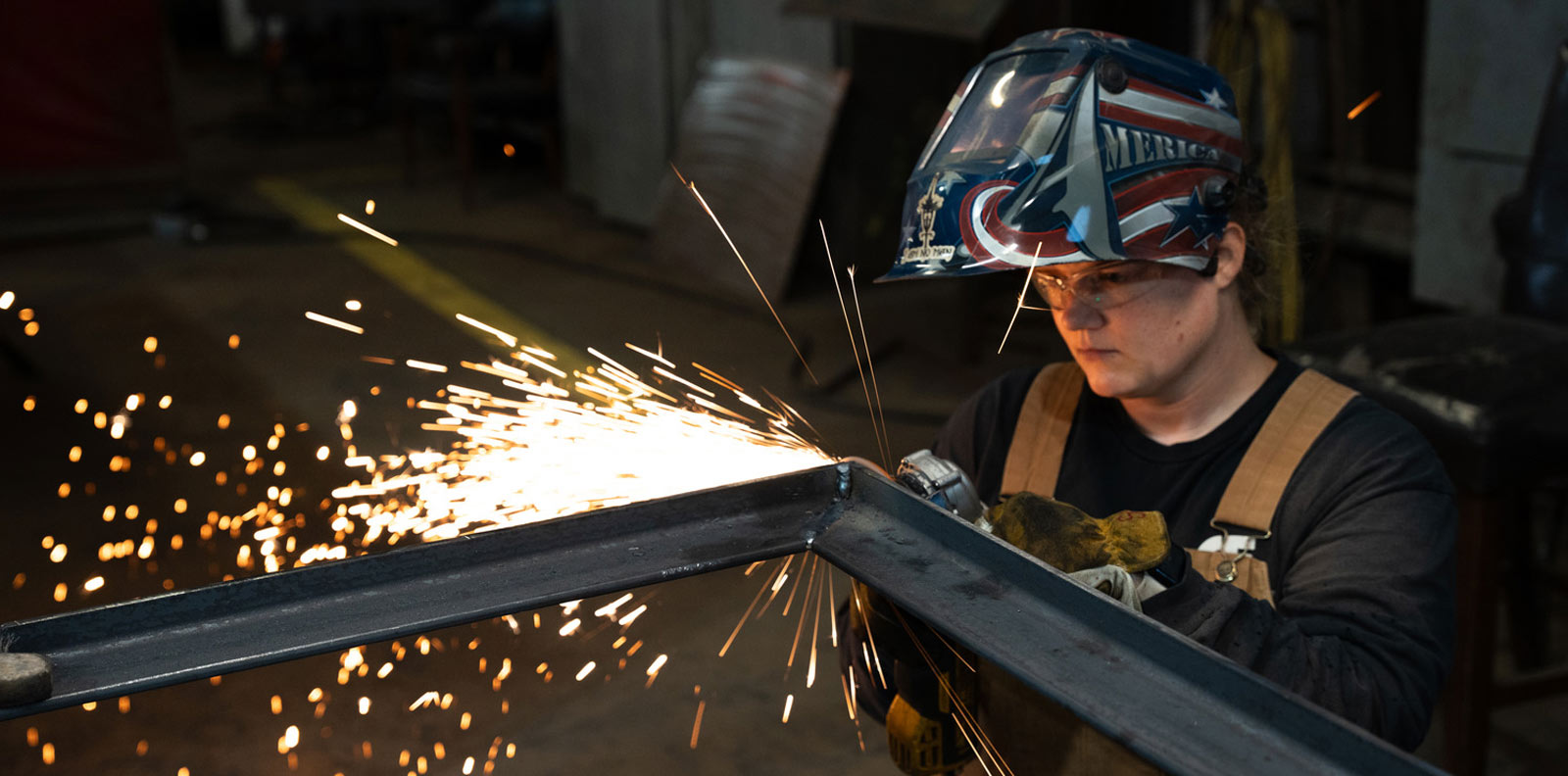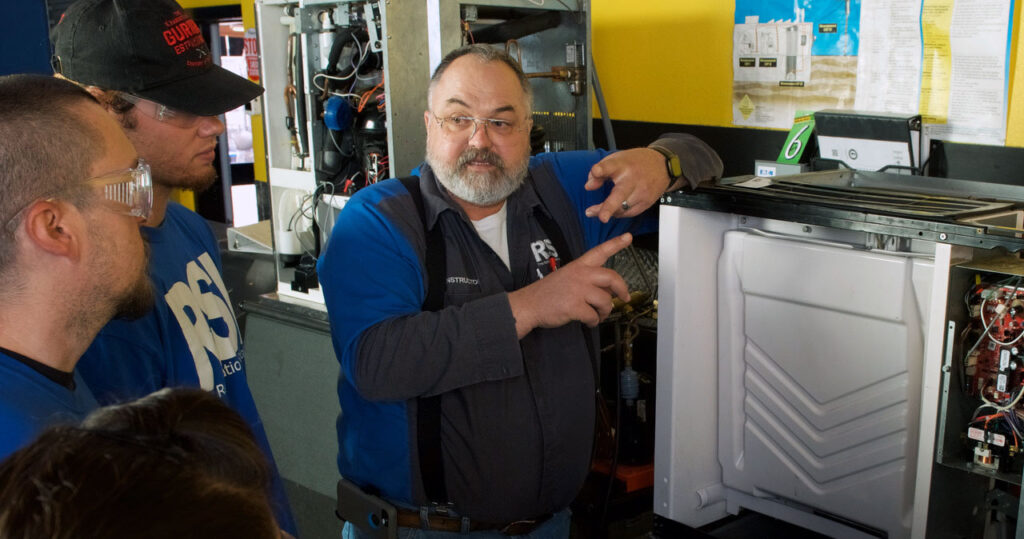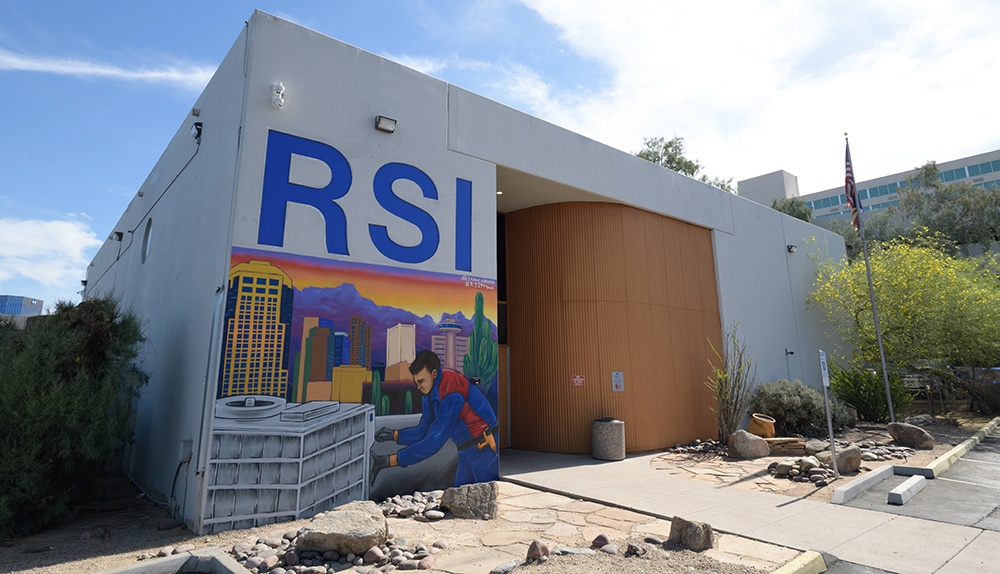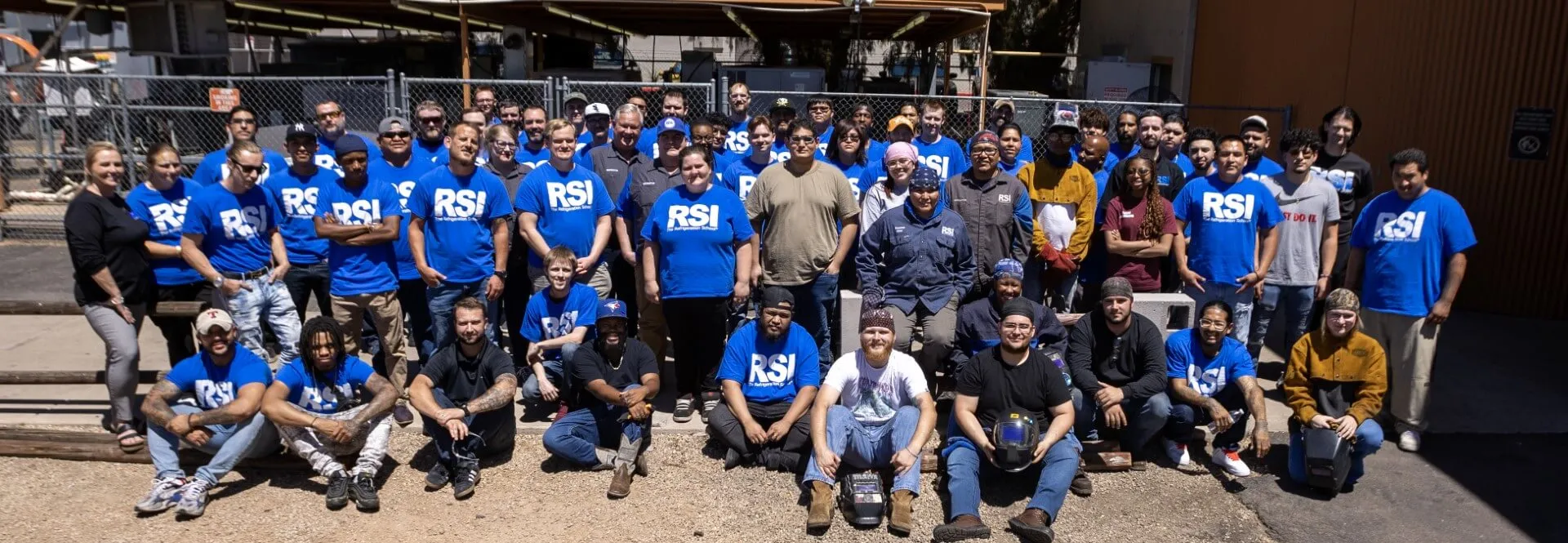RSI is a Great Training Option for Everyone
Learn more about how we can prepare you to advance your career.
Most of the time, HVAC systems should not require significant maintenance. However, in natural disasters such as Hurricane Sandy, HVAC systems will need careful maintenance to keep them sanitary and in good working order. When a system is flooded, dirt, debris, and harmful bacteria may settle into it. HVAC systems contaminated with flood water need to be properly cleaned and sanitized before they can be used again.
Preparing to Clean a Flooded HVAC System
To protect the health of both workers and any remaining occupants, it is important for HVAC technicians to follow proper safety regulations while cleaning a system. Plastic sheets or barriers should be set up to isolate the work area from uncontaminated areas of the building. Technicians should also be using respirators to protect themselves from potential airborne microorganisms. The work environment should be well ventilated to protect workers, but chemical filters should also be used, particularly when adequate ventilation is not possible.
Cleaning the HVAC System
All insulating materials and filters need to be removed and later replaced with new equipment. These materials cannot easily be sanitized, so entirely new components should be used instead. Debris should be removed with a HEPA-filtered vacuum cleaner, paying special attention to filter racks, drain pans, bends, and horizontal sections where dirt has the opportunity to settle and accumulate. If vacuum cleaning cannot remove all debris, it may be necessary to use a steam or high-pressure washer, too. A mixture of bleach and water can then be used to disinfect the system, followed by a rinse with clean water. At this point, the replacement insulation and filtration units should be installed. This can also provide an opportunity to upgrade the filters to higher performing models.
Restoring Normal Operations
After the system has been fully cleaned and reassembled, it needs to be professionally evaluated for performance. The HVAC system should also be run continuously for 2-3 days before the building is occupied again. In the following weeks, the system should be repeatedly checked to ensure that operations are proceeding smoothly.
In The Refrigeration School’s Refrigeration Technologies Program, HVACR system maintenance is a major component of training. The RT program can be completed in as little as 6 months, providing graduates with the training and experience to prepare them for entry-level positions within the HVACR industry. To find out more about the program, contact RSI today.
Get Started on the Path to a New Career
Fill out our form to learn how we can help you change your life.
Resources:
http://www.cdc.gov/niosh/topics/emres/Cleaning-Flood-HVAC.html
Let us Help You Get Started – or – Request More Information With No Obligation
This blog has been labeled as archived as it may no longer contain the most up-to-date data. For a list of all current blog posts, please visit our blog homepage at https://www.rsi.edu/blog/




